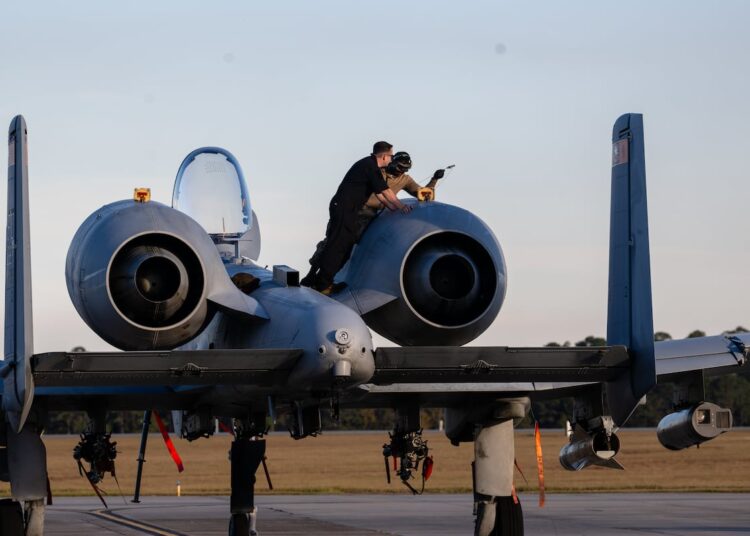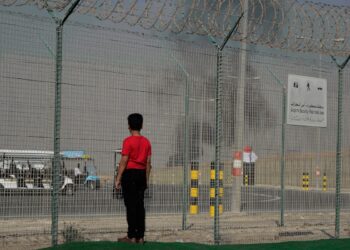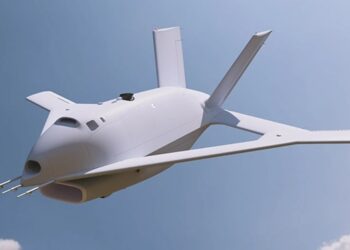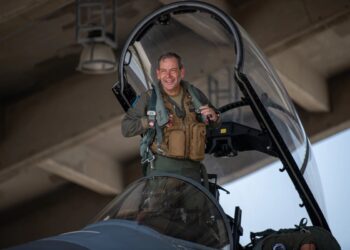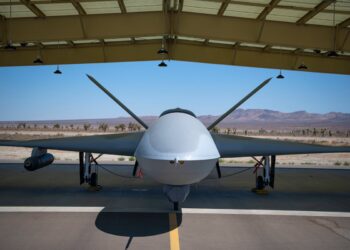In a future conflict with China or another advanced adversary, U.S. Air Force units may need to operate independently for extended periods without reinforcements, resupply, or communication. To prepare for this scenario, the 23rd Wing from Moody Air Force Base in Georgia conducted an important exercise focused on sustaining combat operations autonomously.
Exercise Mosaic Tiger 26-1 took place from November 12 to 21, 2023, at various locations across Florida and Georgia. The exercise aimed to demonstrate the ability of the 23rd Wing to perform combat operations in a high-end conflict against significant threats, according to multiple Air Force releases.
Central to the exercise was the Air Force’s Agile Combat Employment (ACE) strategy. This strategy ensures that Air Force wings can maintain and command combat operations even when stationed at dispersed, austere airfields cut off from central bases. This is particularly relevant in the context of a potential conflict with China, where large, central air bases are likely targets for attacks.
The exercise involved a variety of airmen and units, including those focused on attack, rescue, and support operations. Participants were placed in simulated contested environments that mirrored the conditions expected in future conflicts. Airmen had to establish forward operating sites, execute rapid rearming and refueling of aircraft, and maintain operations under challenging conditions.
A critical element of the exercise was the activation of the 23rd Combat Air Base Squadron, responsible for setting up forward operating sites and establishing defense, logistics, and communication capabilities at the new bases. The multi-capable airman concept was also emphasized, wherein airmen performed duties outside their traditional roles, such as aircraft maintenance and base security, reflecting the resource restrictions of isolated operations.
Lt. Col. Justin May, commander of the squadron, emphasized the importance of adaptability, as airmen tackled tasks that usually wouldn’t fall within their specializations. Maintenance personnel from the 74th and 75th Fighter Generation Squadrons were assigned to various locations, challenged to keep aircraft operational despite the uncertainty of resupply.
The Air Force stated that the airmen had to manage their equipment and supplies judiciously, employing innovative strategies to extend the lifespan of available parts and resources. For example, airmen carefully monitored their oil usage to prevent depletion and maintain operational capabilities.
Furthermore, the exercise tested how airmen could continue generating combat sorties in the absence of effective communication with higher command. If communication were to fail, units received an air tasking order for the first three days of operations, after which they would have to shift to broader guidance based on their commanders’ last known intentions.
Lt. Col. David Pool, commander of the 74th Mission Generation Force Element, explained that if the communication outage persisted beyond 72 hours, units would operate under military orders that allowed for broader operational intent and coordination with adjacent units, facilitating mission planning and execution.
This exercise underscores the Air Force’s commitment to enhancing its operational readiness and resilience in potential future conflicts, particularly in scenarios where traditional support systems may be compromised.
Stephen Losey, the author of the report, is the air warfare reporter for Defense News with previous experience covering leadership, personnel issues at Air Force Times, and operations at the Pentagon.
